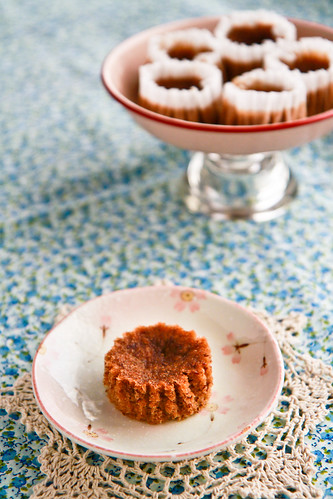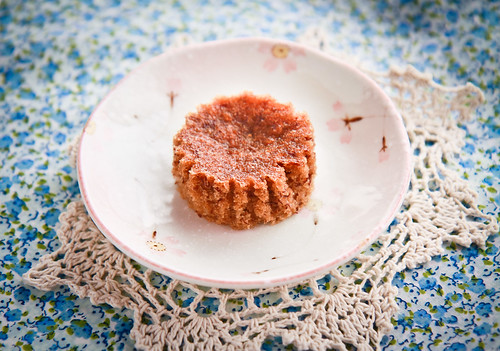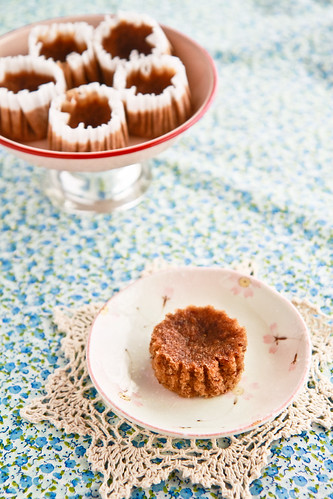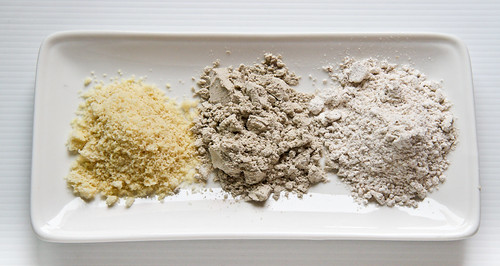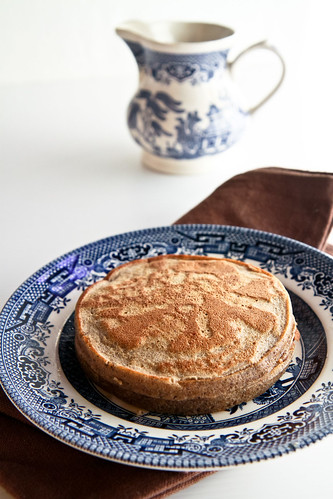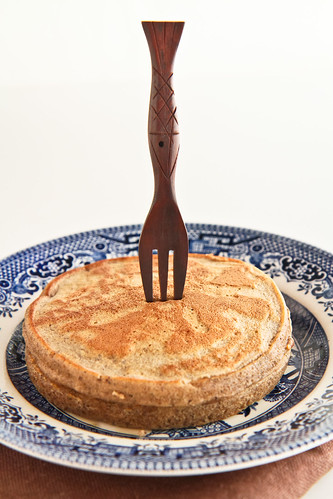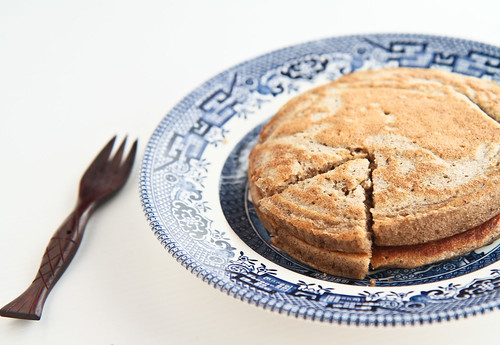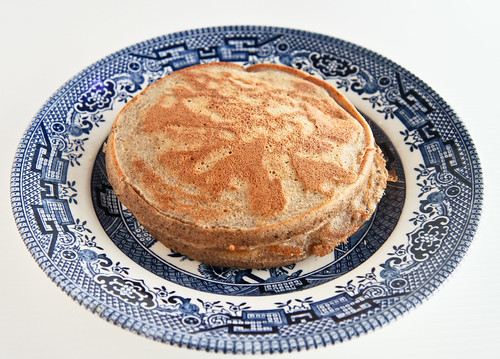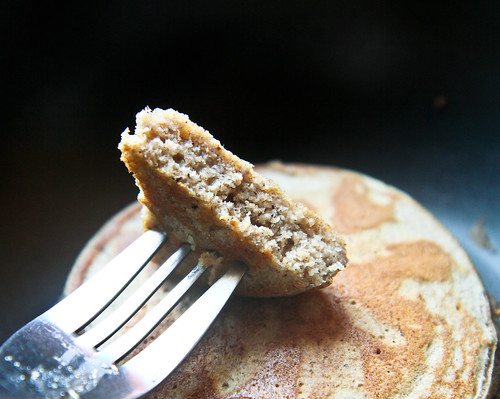Only now do I understand the joys of public holidays falling on a Monday or a Friday because it means long weekends yo! A few days ago on Monday, I was thinking that three days is a lot of time to bake, but was struck by sudden inspiration to head up north to KL! I asked my brother if he wanted to and lo and behold, a plan was formulated within minutes :] I do so love impromptu-ness!
So now my brothers, mom and I are in KL over the long weekend for a food trip! :D We initially wanted to drive up to Penang to gorge ourselves silly, but decided we didn't have enough time to do so, so we've limited ourselves to KL (and Selangor) to stuff ourselves. Thus far, I've had Rakuzen for lunch, damn good fruit rojak with tofu and sotong, dropped by Ben's Independent Grocer at Republika and had really good pork ribs/pizza/risotto for dinner. This morning I had really damn good nasi lemak for breakfast (Najib goes there for his nasi lemak fix as well yo!), then an assortment of bread for lunch, Taiwanese dessert and there's still French patisseries, seafood and pizza left on the to-eat list!
Malaysia Sayangi. Having spent more than half of my life in Singapore, my friends always ask, why not be a Singaporean since you're more than halfway there already? Singapore might be my second home, and I might know the Singaporean national anthem better than the Malaysian one, but well, Malaysia Sayangi sums it up pretty well. It's my country, and it's where I call home.
Coming up to KL always makes me proud of my country. Singaporeans like to say that Singapore is a cosmopolitan country and all, but honestly speaking, I always feel that KL (and Selangor) beats Singapore hands down. Granted, KL might have its dirty and unsightly areas, but in my opinion, it's like an unpolished gem which still hasn't seen its fullest potential. Anyway this mini-rant arose because of discussions with my relatives about corruptness, politics and the plethora of good food one can find in KL.
The following cake however, has nothing to do with anything. I was hoping to eat this really good banana leaf curry rice (literally on a banana leaf) and I thought of eating these steamed banana cakes which are really simple to make. I first made this a few weeks ago, when it was too hot to switch on the oven, and I didn't want to fire up the huge oven just to bake a couple of muffins. I also wanted something fast, so steaming is really the fastest way to achieve something 'cakey' in the shortest time.
The cupcakes are a little sunken, because I used a tad too little raising agent and I didn't have enough metal tins to go around, so some of the cupcakes turned out as banana pancakes, but they were yummy all the same.
Malaysia Sayangi. Having spent more than half of my life in Singapore, my friends always ask, why not be a Singaporean since you're more than halfway there already? Singapore might be my second home, and I might know the Singaporean national anthem better than the Malaysian one, but well, Malaysia Sayangi sums it up pretty well. It's my country, and it's where I call home.
Coming up to KL always makes me proud of my country. Singaporeans like to say that Singapore is a cosmopolitan country and all, but honestly speaking, I always feel that KL (and Selangor) beats Singapore hands down. Granted, KL might have its dirty and unsightly areas, but in my opinion, it's like an unpolished gem which still hasn't seen its fullest potential. Anyway this mini-rant arose because of discussions with my relatives about corruptness, politics and the plethora of good food one can find in KL.
The following cake however, has nothing to do with anything. I was hoping to eat this really good banana leaf curry rice (literally on a banana leaf) and I thought of eating these steamed banana cakes which are really simple to make. I first made this a few weeks ago, when it was too hot to switch on the oven, and I didn't want to fire up the huge oven just to bake a couple of muffins. I also wanted something fast, so steaming is really the fastest way to achieve something 'cakey' in the shortest time.
The cupcakes are a little sunken, because I used a tad too little raising agent and I didn't have enough metal tins to go around, so some of the cupcakes turned out as banana pancakes, but they were yummy all the same.
Very slightly adapted from Aunty Yochana
100g banana, mashed
½ tsp vanilla extract
½ tsp baking soda
⅛ tsp salt
65g egg
45g brown sugar
50g all-purpose flour
½ tsp baking powder
30g olive oil
Method:
- Whisk the mashed banana, vanilla extract, baking soda and salt together in a bowl and set aside.
- In another bowl, whisk the egg and brown sugar until pale and fluffy.
- Then, fold in the flour and baking powder (sifted together once) into the egg and sugar mixture.
- Gently fold in the mashed banana mixture and finally, fold in the olive oil.
- Pour into lined cupcake moulds (preferably metal ones) and steam them for about 10-15 minutes on high heat until a tested skewer comes out clean.
- Taste: Do use very very ripe bananas because somehow steaming makes the banana taste more prominent than usual. I would also prefer using less vanilla to allow the banana taste to show through even more.
- Texture: Extremely soft and spongy.
- Serving size: Makes about 8 small cupcakes.
- Modifications: Like I said, I probably would add a tad more baking soda to allow a slightly more raised end-product because sunken cupcakes don't look so attractive :/
- Storage: These keep well in the fridge (they don't store well at room temperature because the tops will turn moist and sticky after a while). Just give them a short zap in the microwave or steam them at 5 minutes on medium heat.
- Would I make this again?: Definitely - it really is a good alternative to baked banana muffins on a hot day :]
Alright, short break between teatime and dinner is over - I'm off for a yummy seafood dinner now :]

